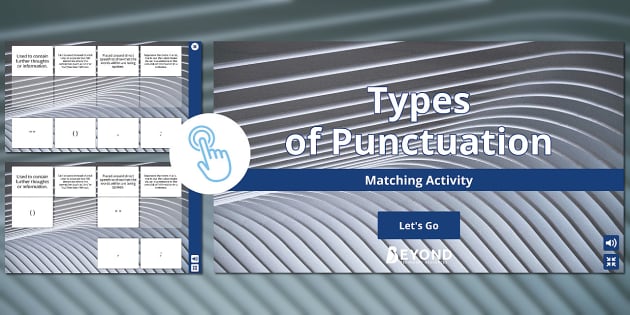
In Tennyson’s “Come Down, O Maid,” the reader is drawn into the scene of the poem by the use of onomatopoeia: “The moan of doves in immemorial elms / And murmuring of innumerable bees.The quotation, ‘Don’t tell me the moon is shining show me the glint of light on broken glass’ is often cited as the first example of the adage, ‘Show, don’t tell’. One of the most interesting poetic devices is the onomatopoeia, which is the use of words that imitate the actual sound being described. Splat, buzz and pop all sound like their meaning. In "Romeo and Juliet," Romeo speaks in iambic pentameter: "But, soft! what light through yonder window breaks?" Snap, Crackle and Pop

Shakespeare wrote in iambic pentameter - lines of poetry containing five pairs of unstressed and stressed syllables. Meter refers to the pattern of the rhythm of lines within a poem. An example of meter is iambic - one unstressed syllable followed by one stressed syllable. By utilizing patterns of stressed and unstressed syllables, a poet sets the rhythm to a poem. Rhythm gives poetry structure and enhances the meaning and intensity within the poem.


In the famous poem, “Rime of the Ancient Mariner,” Samuel Taylor Coleridge utilized internal rhyme: “We were the first that ever burst.” Rhythm and Meter The most easily recognized rhyme occurs between syllables at the end of a verse line. An example of an end rhyme is used alternating lines in “Dust of Snow” by Robert Frost: “The way a crow / Shook down on me / The dust of snow / From a hemlock tree.” This poem also illustrates a rhyme pattern (also known as, a rhyme scheme), which is created when a rhymes occur in a pattern, in this case, ABAB.Īssonance and consonance create internal rhyme, when a repeated sound appears within a line or phrase. Assonance is the repetition of vowel sounds within a sentence or phrase. Dylan Thomas repeats the long "a" sound in “Do Not Go Gentle into the Good Night": “Old age should burn and rave at close of day / Rage, rage, against the dying of the light." In "The Eagle," Lord Alfred Tennyson utilizes consonance with the repetition of the hard "k" consonant sound: “He clasps the crag with crooked hands.” Time to Rhyme


 0 kommentar(er)
0 kommentar(er)
